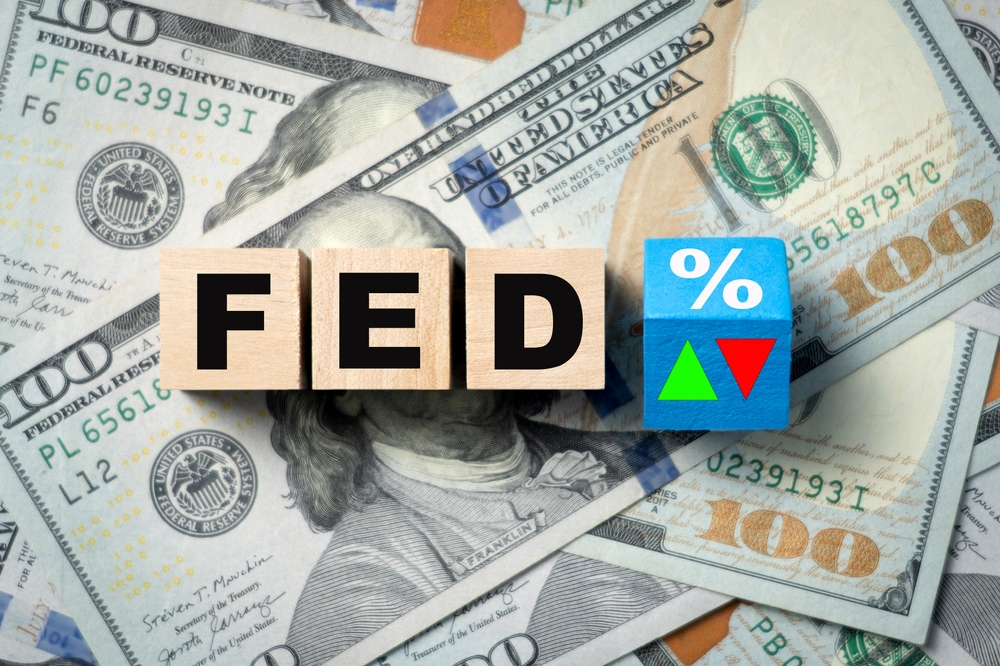
In September 2025 the U.S. central bank took a step many investors had long hoped for. After months of hesitation it cut interest rates by 25 basis points to a new range of 4.00–4.25 percent. Although the move is relatively small, it signals the start of a new phase of monetary policy that could drive significant shifts of capital across financial markets. How can this be used most effectively?
Why now?
What ultimately convinced Federal Reserve officials to cut the policy rate was a weakening labor market. The Bureau of Labor Statistics reported that from March 2024 to March 2025 the U.S. economy created 911,000 fewer jobs than previously thought. On the other hand, unemployment remains stable, which later proved to be the reason why there was no broader monetary easing. Fed Chair Jerome Powell emphasized that the economy is still relatively strong and that the Fed will not succumb to political pressure—President Donald Trump repeatedly called for faster rate cuts.
Broader economic context
The final decision also depends on other key macro parameters. Looking at this year’s U.S. GDP, there was initially a 0.5% contraction, while the second quarter showed a dramatically different picture—a 3.3% expansion. In line with Powell’s message about economic strength, the FOMC released revisions to GDP and to CPI, which measures price growth. GDP is projected to rise by 1.6% in 2025, 1.8% in 2026, and 1.9% in 2027. Inflation is likewise expected to improve over the coming years, approaching the 2% target in 2027.
How did markets react?
The immediate market reaction to the rate cut challenged many traders: major U.S. indices moved lower, but it was only a brief liquidity shakeout, after which prices resumed an upward trajectory. The bullish move was also supported by rate path expectations from CME Group, which put the early-2026 target range at 3.50–3.75%. [1]
For investors
In the words of Simon Dangoor of Goldman Sachs Asset Management: “The doves have taken the helm.” In general this means the central bank is ready to stimulate economic growth because the stable economy allows it—lower rates reduce the cost of capital, which is a tailwind for technology companies, for example. Investors are aware of this, so attention is shifting back toward equities. [2]
Conclusion
September’s rate cut is likely only the beginning. The Fed is shifting its rhetoric and gently easing monetary policy to avoid an economic slowdown, while remaining aware of the need to keep inflation in check. Many investors are asking: “Where will money flow in financial markets when loans are cheaper and the dollar weaker?”
[1,2] Forward-looking statements are based on assumptions and current expectations that may be inaccurate, or on the current economic environment, which can change. Such statements are not guarantees of future performance. They involve risks and other uncertainties that are difficult to predict. Actual results may differ materially from those expressed or implied in any forward-looking statements.

While Tesla’s reputation in Europe is losing its luster, Chinese competitor BYD has moved to the center of investors’ attention. Demand for Tesla’s new models remains below expectations, especially...
Gold is approaching the breakthrough of another psychological barrier, which was preceded by a slight decline. For the precious metal, it was only a short pause before reaching a new record level just a few days later. A sour...
April 2025 showed just how quickly markets can plunge because of policy decisions and how quickly they can react when a glimmer of hope emerges. President Trump's new tariffs were the main cause of nervousness, but the corpor...



